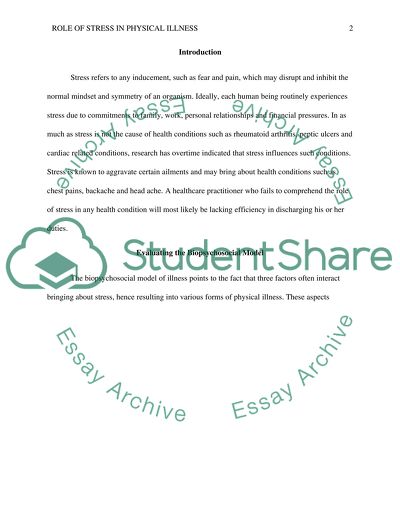Cite this document
(“Drawing from the biopsychosocial model and psychoneuroimmunology, Essay”, n.d.)
Drawing from the biopsychosocial model and psychoneuroimmunology, Essay. Retrieved from https://studentshare.org/psychology/1673884-drawing-from-the-biopsychosocial-model-and-psychoneuroimmunology-outline-the-ways-in-which-stress-can-lead-to-physical-illness
Drawing from the biopsychosocial model and psychoneuroimmunology, Essay. Retrieved from https://studentshare.org/psychology/1673884-drawing-from-the-biopsychosocial-model-and-psychoneuroimmunology-outline-the-ways-in-which-stress-can-lead-to-physical-illness
(Drawing from the Biopsychosocial Model and Psychoneuroimmunology, Essay)
Drawing from the Biopsychosocial Model and Psychoneuroimmunology, Essay. https://studentshare.org/psychology/1673884-drawing-from-the-biopsychosocial-model-and-psychoneuroimmunology-outline-the-ways-in-which-stress-can-lead-to-physical-illness.
Drawing from the Biopsychosocial Model and Psychoneuroimmunology, Essay. https://studentshare.org/psychology/1673884-drawing-from-the-biopsychosocial-model-and-psychoneuroimmunology-outline-the-ways-in-which-stress-can-lead-to-physical-illness.
“Drawing from the Biopsychosocial Model and Psychoneuroimmunology, Essay”, n.d. https://studentshare.org/psychology/1673884-drawing-from-the-biopsychosocial-model-and-psychoneuroimmunology-outline-the-ways-in-which-stress-can-lead-to-physical-illness.


